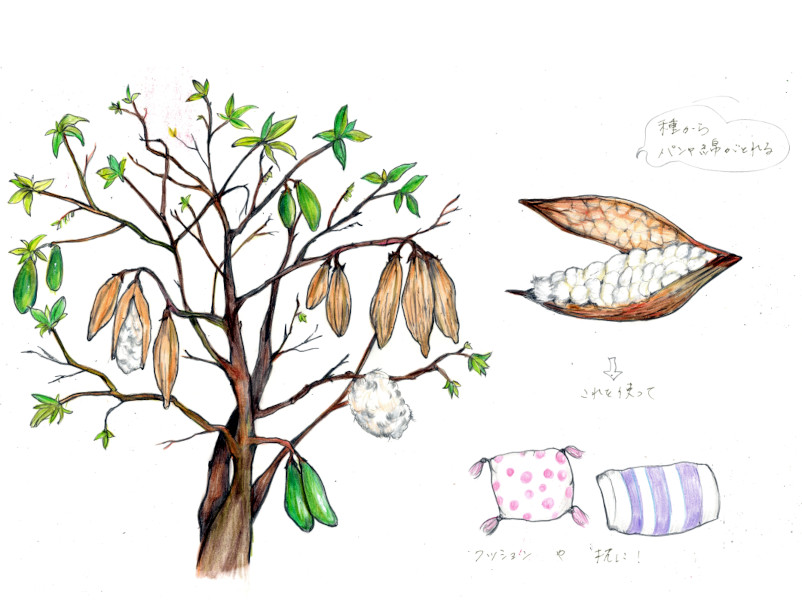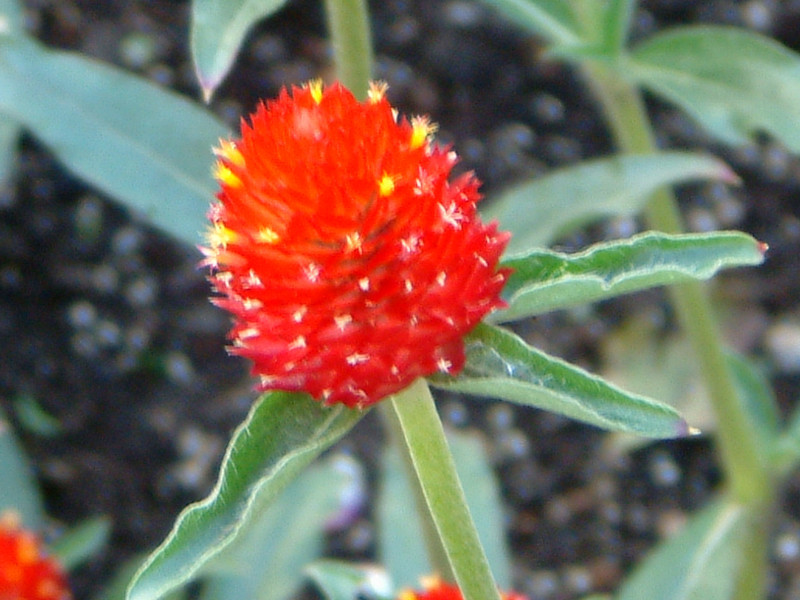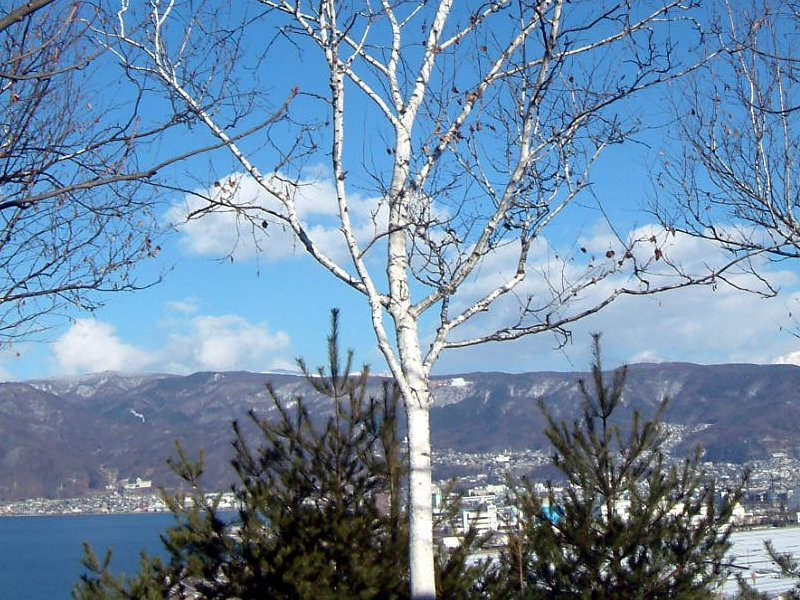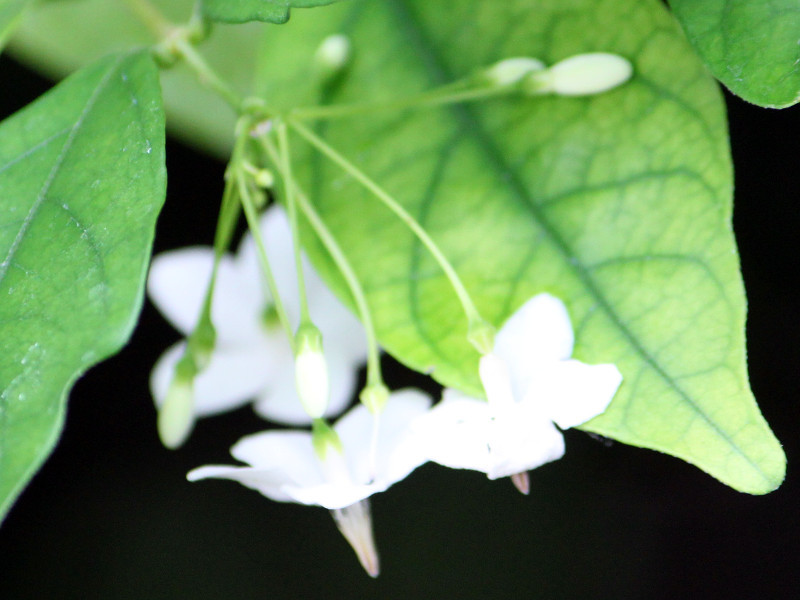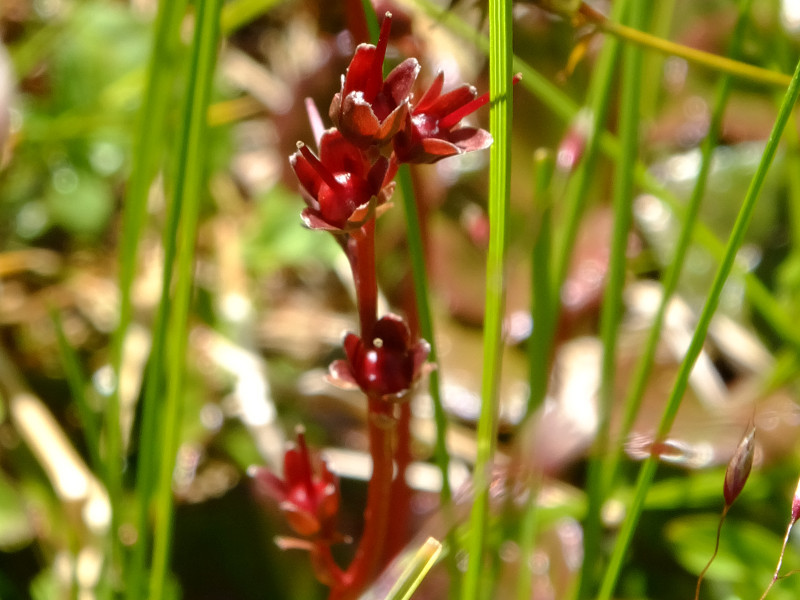Ceiba pentandra
- Flower nameCeiba pentandra
- Scientific nameCeiba pentandra
- Aliaskapok, Kapok tree, Silk cotton tree, パンヤ, panha, パンヤノキ
- Place of originSouth America from Brazil to Argentina
- Place of floweringBotanical Gardens
- Flowering seasonFebruary, March, November
What is Ceiba pentandra
Ceiba pentandra or Kapok (scientific name: Ceiba pentandra) is a tropical deciduous tree native to tropical America and West Africa in the mallow family (Panya) Ceiba. It produces a plank root. It is also known as silk cotton tree, the scientific name of Ceiba, Ceiba pentandra, Java cotton, Java kapok, panja, panja tree, and kapok tree. The trees are used as roadside trees. The bark is roasted and used as a diuretic and to treat diabetes. The hairs on the seeds are brittle and cannot be made into yarn or fabric, but they are buoyant and do not absorb water easily, so they are used to make life jackets, mattresses, pillows, chair cushions, stuffing for stuffed animals, and insulation material. The buds and petals are edible. The bark has medicinal properties for vomiting and has a pungent, bitter, cool taste. The leaves are used to treat abdominal pain. The seeds are used in soap and fertilizer.
Common name: Ceiba pentandra, scientific name: Chorisia speciosa, also known as kapok, Silk floss tree, Java cotton, Java kapok, panja (panha), panja tree, Origin: South America, including Brazil and Argentina, Distribution: Okinawa, Nansei Is, Height: 30-70 m; Bark: green with spines to grayish brown without spines; Leaf color: green; Leaf length: 20 cm; Leaf shape: palmate compound leaf; Lobe length: 20 cm; Phyllotaxis: alternate; Leaf margin: entire; Inflorescence: single or 2-15 in a bunch, radially symmetrical; Corolla: bell-shaped, 2-12 lobes; Flower color: white ~Flower diameter: 10 cm, flowering season: January to March, number of petals: 5, fruit diameter: 15 cm, use: roadside tree in its native area. Pollinator: bats.
